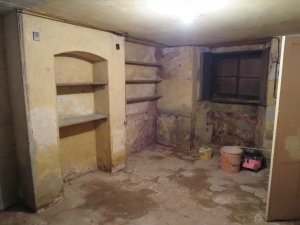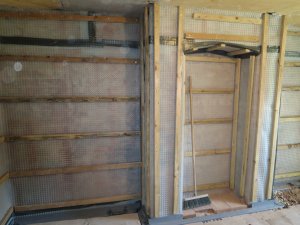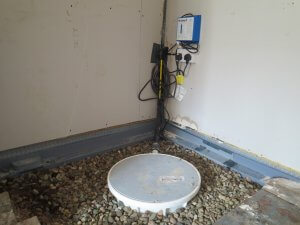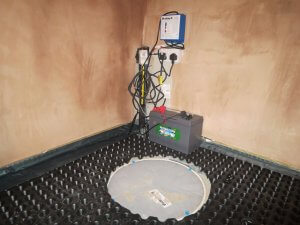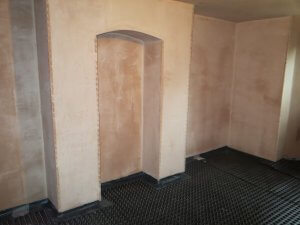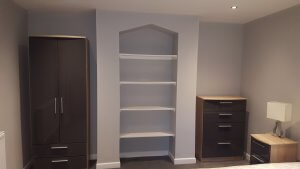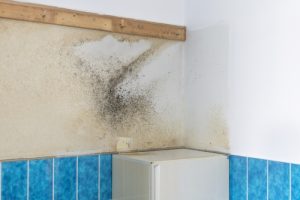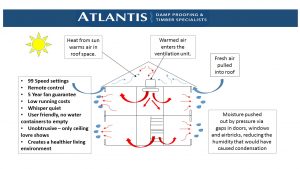In this installment of A-Z of Atlantis Damp Proofing, T is for TrustMark.
Through TrustMark, Atlantis Damp Proofing & Timber Specialists Ltd pushes for greater consumer protection.
What is TrustMark?
TrustMark helps to bring customers and trades together. TrustMark is the only Government endorsed scheme for trades you need in and around the home. We have been awarded the accreditation after thorough vetting and on-site inspections to ensure we are raising industry standards.
This accreditation gives customers reassurance of quality and protection from rogue traders. TrustMark is the only ‘find a tradesperson’ scheme to cover all 3 cornerstones of quality:
· Good Trading Practices
·
·
Why is TrustMark Accreditation important to us?
Jamie found his passion for being an honest, reliable and trustworthy contractor early on in his damp proofing career and set up Atlantis Damp Proofing & Timber Specialists Ltd so he had control to ensure these beliefs. They are reflected in everything we do. Jamie and Freya have always believed that anything you do should be to the best of your ability.
Ever since we started working to develop our business we have taken buckets of pride in our work. We always want to be better, learn of others and improve skills – we can never know too much!
Jamie set Atlantis Damp Proofing & Timber Specialists up in September 2009 and we became a limited company on 25th March 2013. In the early years we got most of our business through word-of-mouth and referrals. Nowadays we’re seeing an increasing number of customers contacting us after finding us on the PCA and TrustMark website. We’ve also got the TrustMark logo on business cards, the website. In addition, our van displays the logo, also acting as a mobile advert.
What Jamie says:
“I believe everyone should be accountable for the work they do. It upsets me when I see the state some homes have been left in. There’s been many times when I’ve been called in to fix a job gone wrong. I try to educate customers about their legal standing and how to go about finding reputable companies so that they don’t end up in the wrong pair of hands”.
What can you expect from forms without a TrustMark accreditation?
We recently had a customer call us up because they had had some damp proofing done by another local firm which appeared to have failed. The client could not get the company to come back. The firm they had used were cheaper than us but were not PCA or Trustmark registered. The client was at the end of their tether. With Trustmark protection, they would have had a place to turn to get support if they were not happy.
We like to bring a personal touch to each job, and will go the extra mile, particular for customers who are less able. Adding an extra 10-15 minutes onto our day to help out a less able customer with some of the preparation needed before we start work is no inconvenience to me, but can make such a difference to their level of comfort.
What can you expect from us?
As the industry is undergoing changes and improvements all the time, it can be hard for us to keep on top of things. By being associated with the Property Care Association (PCA) we are kept abreast of best practice to remain a forward-thinking Company, who’s committed to long term customer satisfaction.
It means the world to us to be associated with TrustMark. Not only does it tell you that we are working to Government-endorsed standards, but it’s also a great way for us to win new business.
Contact us now to see how we can help you get to the root cause off your damp or timber issue. We are the firm you can trust.
The post T is for TrustMark appeared first on Atlantis Damp.
source https://www.atlantisdamp.co.uk/blog/t-is-for-trustmark/
